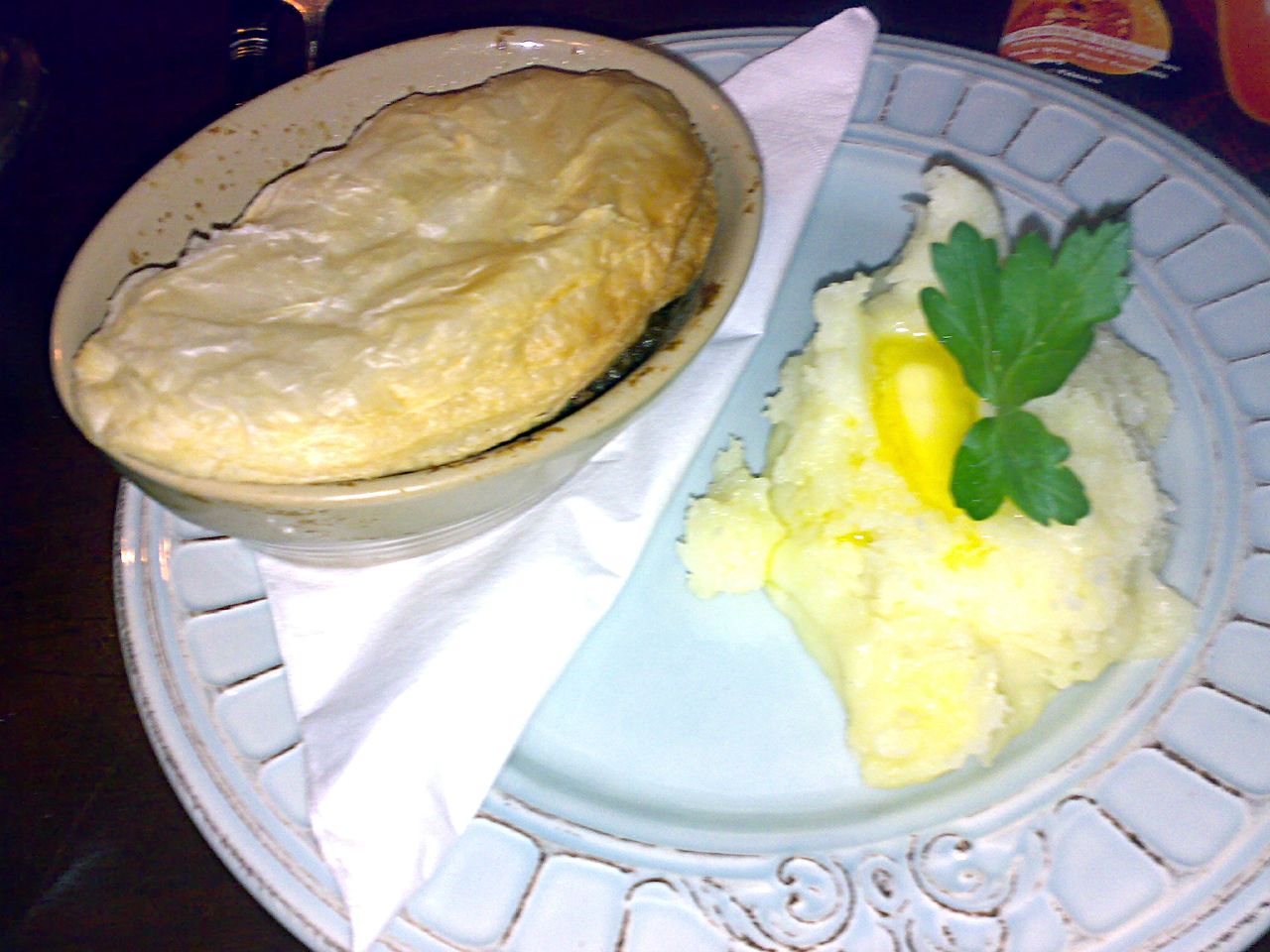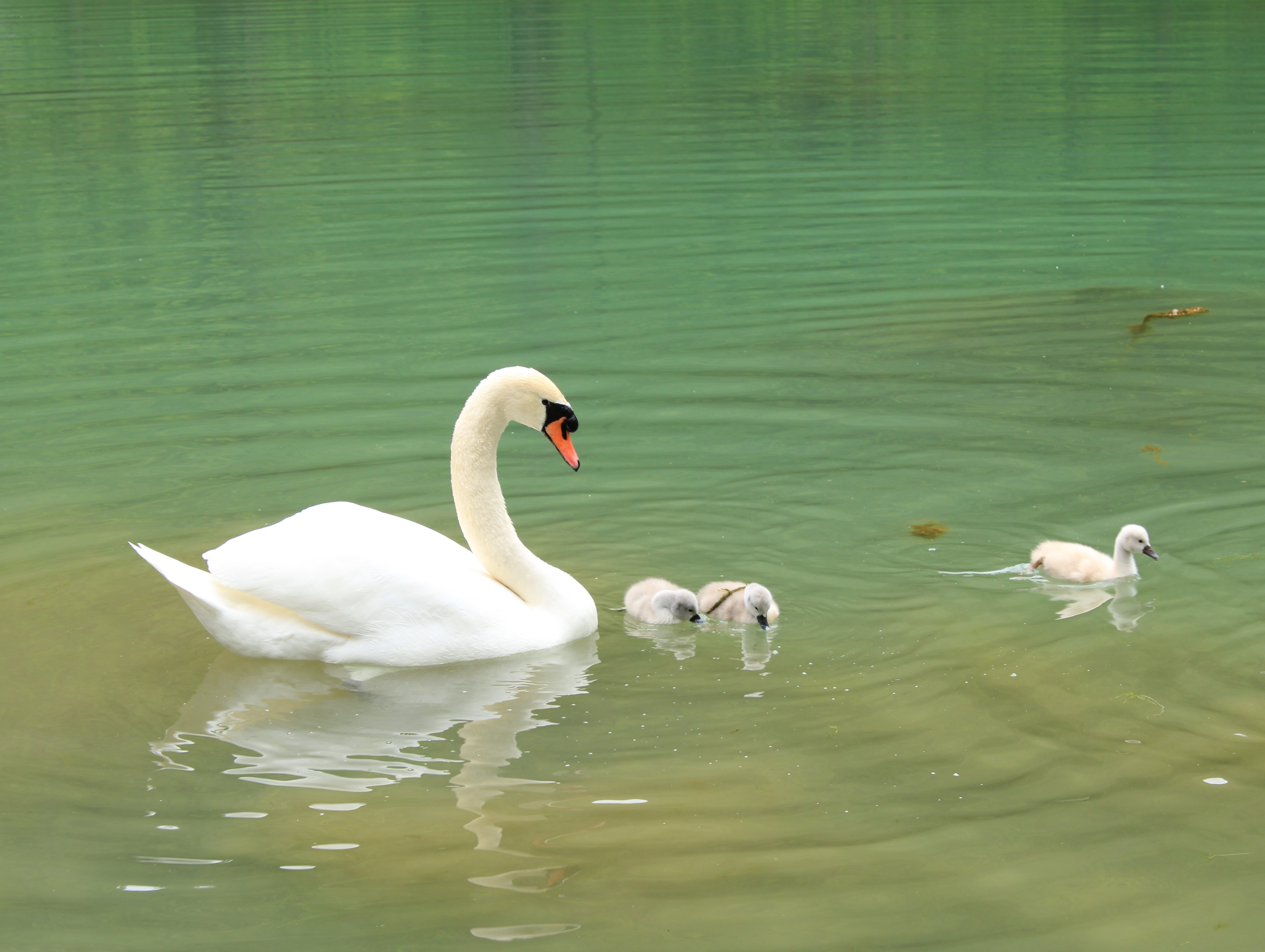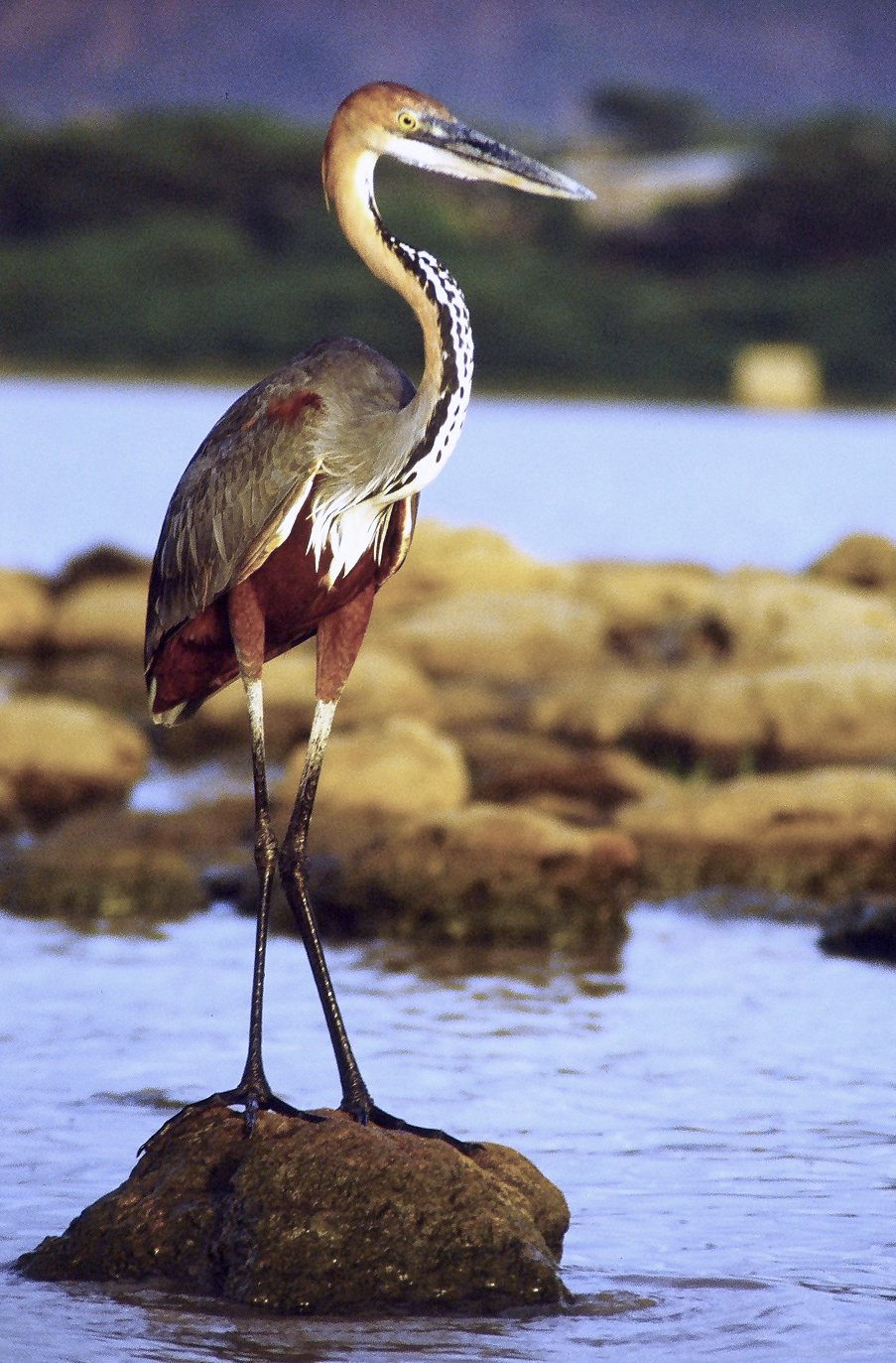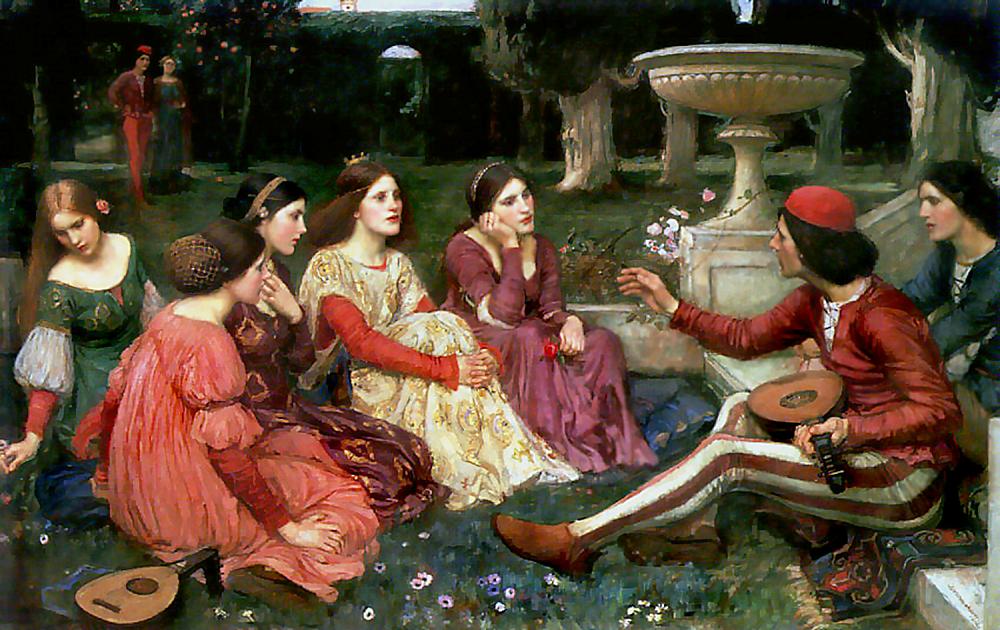|
Game Pie
Game pie is a form of meat pie featuring game. The dish dates from Roman times when the main ingredients were wild birds and animals such as partridge, pheasant, deer, and hare. The pies reached their most elaborate form in Victorian England, with complex recipes and specialized moulds and serving dishes. Modern versions are simpler but savoury combinations of rabbit, venison, pigeon, pheasant, and other commercially available game. Early history Game pies were consumed by the wealthy in the days of the Roman Empire. Wilhelm Adolf Becker states that the emperor Augustus consumed pies that contained chicken, pheasants, pigeon, and duck. In the Middle Ages, "bake mete" described a pie in which meat or fish is baked with fruit, spices, etc. The meats and sauces were placed in a tough and inedible pastry shell, or "coffin" with a lid sealed on, then baked. There was no pan: the pie shell itself acted as the container. Frequently the pastry was considered superfluous and was dis ... [...More Info...] [...Related Items...] OR: [Wikipedia] [Google] [Baidu] |
Still Life
A still life (: still lifes) is a work of art depicting mostly wikt:inanimate, inanimate subject matter, typically commonplace objects which are either natural (food, flowers, dead animals, plants, rocks, shells, etc.) or artificiality, human-made (drinking glasses, books, vases, jewelry, coins, pipes, etc.). With origins in the Middle Ages and Ancient Greco-Roman art, still-life painting emerged as a distinct genre and professional specialization in Western painting by the late 16th century, and has remained significant since then. One advantage of the still-life artform is that it allows an artist much freedom to experiment with the arrangement of elements within a composition of a painting. Still life, as a particular genre, began with Netherlandish art, Netherlandish painting of the 16th and 17th centuries, and the English term ''still life'' derives from the Dutch word ''stilleven''. Early still-life paintings, particularly before 1700, often contained religious and allego ... [...More Info...] [...Related Items...] OR: [Wikipedia] [Google] [Baidu] |
Wilhelm Adolf Becker
Wilhelm Adolf Becker (179630 September 1846) was a German classical scholar. Biography Becker was born in Dresden, the son of German art historian, numismatist and author Wilhelm Gottlieb Becker. At first destined for a commercial life, he was in 1812 sent to the celebrated school at Pforta. In 1816 he entered the University of Leipzig, where he studied under Beck and Hermann. After holding subordinate posts at Zerbst and Meissen, he was in 1842 appointed professor of archaeology at Leipzig. He died at Meissen on 30 September 1846. Works The works by which Becker is most widely known are the '' Gallus, oder, römische Scenen aus der Zeit Augusts: zur genaueren Kenntniss des römischen Privatlebens'' (1838, new ed. by Hermann Göll, 1880–1882), and the ''Charicles: Bilder altgriechischer Sitte, zur genaueren Kenntniss des griechischen Privatlebens'' (1840, new ed. by Göll, 1877–1878). These two books were translated into English by Frederick Metcalfe. They contain a descri ... [...More Info...] [...Related Items...] OR: [Wikipedia] [Google] [Baidu] |
Bittern
Bitterns are birds belonging to the subfamily Botaurinae of the heron family Ardeidae. Bitterns tend to be shorter-necked and more secretive than other members of the family. They were called ''hæferblæte'' and various iterations of ''raredumla'' in Old English; the word "bittern" came to English from Old French ''butor'', itself from Gallo-Roman ''butitaurus'', a compound of Latin ''būtiō'' (buzzard) and ''taurus'' (bull). Bitterns usually frequent reed beds and similar marshy areas and feed on amphibians, reptiles, insects, and fish. Bitterns, like herons, egrets, and pelicans, fly with their necks retracted, unlike the cranes, storks, ibises and spoonbills, and geese A goose (: geese) is a bird of any of several waterfowl species in the family Anatidae. This group comprises the genera '' Anser'' (grey geese and white geese) and ''Branta'' (black geese). Some members of the Tadorninae subfamily (e.g., Egyp ... which fly with necks extended and outstretched. The ... [...More Info...] [...Related Items...] OR: [Wikipedia] [Google] [Baidu] |
Cormorant
Phalacrocoracidae is a family of approximately 40 species of aquatic birds commonly known as cormorants and shags. Several different classifications of the family have been proposed, but in 2021 the International Ornithologists' Union (IOU) adopted a consensus taxonomy of seven genera. The great cormorant (''Phalacrocorax carbo'') and the common shag (''Gulosus aristotelis'') are the only two species of the family commonly encountered in Britain and Ireland, and the names "cormorant" and "shag" have been later assigned to different species in the family somewhat haphazardly. Cormorants and shags are medium-to-large birds, with body weight in the range of and wing span of . The majority of species have dark feathers. The bill is long, thin and hooked. Their feet have webbing between all four toes. All species are fish-eaters, catching the prey by diving from the surface. They are excellent divers, and under water they propel themselves with their feet with help from their wing ... [...More Info...] [...Related Items...] OR: [Wikipedia] [Google] [Baidu] |
Stork
Storks are large, long-legged, long-necked wading birds with long, stout bills. They belong to the family Ciconiidae, and make up the order Ciconiiformes . Ciconiiformes previously included a number of other families, such as herons and ibises, but those families have been moved to other orders. Storks dwell in many regions and tend to live in drier habitats than the closely related herons, spoonbills and ibises; they also lack the powder down that those groups use to clean off fish slime. Bill-clattering is an important mode of communication at the nest. Many species are migratory. Most storks eat frogs, fish, insects, earthworms, small birds and small mammals. There are 20 living species of storks in six genera. Various terms are used to refer to groups of storks, two frequently used ones being a ''muster'' of storks and a ''phalanx'' of storks. Storks tend to use soaring, gliding flight, which conserves energy. Soaring requires thermal air currents. Ottomar Ansch� ... [...More Info...] [...Related Items...] OR: [Wikipedia] [Google] [Baidu] |
Swan
Swans are birds of the genus ''Cygnus'' within the family Anatidae. The swans' closest relatives include the goose, geese and ducks. Swans are grouped with the closely related geese in the subfamily Anserinae where they form the tribe (biology), tribe Cygnini. Sometimes, they are considered a distinct subfamily, Cygninae. They are the largest Anseriformes, waterfowl and are often among the largest Bird flight, flighted birds in their range. There are six living and many extinct species of swan; in addition, there is a species known as the coscoroba swan which is no longer considered one of the true swans. Swans usually mate for life, although separation sometimes occurs, particularly following nesting failure, and if a mate dies, the remaining swan will take up with another. The number of bird egg, eggs in each :wikt:clutch, clutch ranges from three to eight. Taxonomy and terminology The genus ''Cygnus'' was introduced in 1764 by the French naturalist François Alexandre Pier ... [...More Info...] [...Related Items...] OR: [Wikipedia] [Google] [Baidu] |
Crow
A crow is a bird of the genus ''Corvus'', or more broadly, a synonym for all of ''Corvus''. The word "crow" is used as part of the common name of many species. The related term "raven" is not linked scientifically to any certain trait but is rather a general grouping for larger-sized species of ''Corvus''. The collective name for a group of crows is a "murder". Species * ''Corvus albus'' – Pied crow (Central African coasts to southern Africa) * ''Corvus bennetti'' – Little crow (bird), Little crow (Australia) * ''Corvus brachyrhynchos'' – American crow (United States, southern Canada, northern Mexico) * ''Corvus capensis'' – Cape crow or Cape rook (Eastern and southern Africa) * ''Corvus cornix'' – Hooded crow (Northern and Eastern Europe and Northern Africa and Middle East) * ''Corvus corone'' – Carrion crow (Europe and eastern Asia) *''Corvus culminatus'' – Indian jungle crow (South Asia) * ''Corvus edithae'' – Somali crow or dwarf raven (Eastern Africa) * '' ... [...More Info...] [...Related Items...] OR: [Wikipedia] [Google] [Baidu] |
Crane (bird)
Cranes are a type of large bird with long legs and necks in the Family (biology), biological family Gruidae of the Order (biology), order Gruiformes. The family has 15 species placed in four genera which are ''Antigone (genus), Antigone'', ''Balearica'', ''Siberian crane, Leucogeranus'', and ''Grus (genus), Grus''. They are large birds with long necks and legs, a tapering form, and long secondary feathers on the wing that project over the tail. Most species have muted gray or white plumages, marked with black, and red bare patches on the face, but the crowned cranes of the genus ''Balearica'' have vibrantly-coloured wings and golden "crowns" of feathers. Cranes fly with their necks extended outwards instead of bent into an S-shape and their long legs outstretched. Cranes live on most continents, with the exception of Antarctica and South America. Some species and populations of cranes bird migration, migrate over long distances; others do not migrate at all. Cranes are solitary du ... [...More Info...] [...Related Items...] OR: [Wikipedia] [Google] [Baidu] |
Heron
Herons are long-legged, long-necked, freshwater and coastal birds in the family Ardeidae, with 75 recognised species, some of which are referred to as egrets or bitterns rather than herons. Members of the genus ''Botaurus'' are referred to as bitterns, and, together with the zigzag heron, or zigzag bittern, in the monotypic genus ''Zebrilus'', form a monophyletic group within the Ardeidae. Egrets do not form a biologically distinct group from herons, and tend to be named differently because they are mainly white or have decorative plumes in breeding plumage. Herons, by evolutionary adaptation, have long beaks. The classification of the individual heron/egret species is fraught with difficulty, and no clear consensus exists about the correct placement of many species into either of the two major genera, ''Ardea (genus), Ardea'' and ''Egretta''. Similarly, the relationships of the genus, genera in the family are not completely resolved. However, one species formerly considered to c ... [...More Info...] [...Related Items...] OR: [Wikipedia] [Google] [Baidu] |
Humble Pie
Humble Pie are an English Rock music, rock band formed by Steve Marriott and Peter Frampton in Moreton, Essex, in 1969. They are known as one of the first Supergroup (music), supergroups of the late 1960s and enjoyed success in the early 1970s with songs such as "Black Coffee (Ike & Tina Turner song), Black Coffee", "30 Days in the Hole", "I Don't Need No Doctor", "Hot 'n' Nasty" and "Natural Born Bugie". The original line-up featured vocalist and guitarist Steve Marriott of the Small Faces, vocalist and guitarist Peter Frampton of The Herd (British band), the Herd, bassist Greg Ridley and a 17-year-old drummer, Jerry Shirley, of the Apostolic Intervention. History 1968: Background and formation Marriott befriended Frampton during the latter months of 1968 and the pair bonded over their unwanted 'teen heart-throb' status in the UK and their shared desire to be taken more seriously as musicians. Frampton was at something of a loose end professionally, having recently left t ... [...More Info...] [...Related Items...] OR: [Wikipedia] [Google] [Baidu] |
Chaucer
Geoffrey Chaucer ( ; – 25 October 1400) was an English poet, author, and civil servant best known for '' The Canterbury Tales''. He has been called the "father of English literature", or, alternatively, the "father of English poetry". He was the first writer to be buried in what has since come to be called Poets' Corner, in Westminster Abbey. Chaucer also gained fame as a philosopher and astronomer, composing the scientific '' A Treatise on the Astrolabe'' for his 10-year-old son, Lewis. He maintained a career in public service as a bureaucrat, courtier, diplomat, and member of parliament, having been elected as shire knight for Kent. Among Chaucer's many other works are '' The Book of the Duchess'', ''The House of Fame'', '' The Legend of Good Women'', ''Troilus and Criseyde'', and '' Parlement of Foules''. He is seen as crucial in legitimising the literary use of Middle English when the dominant literary languages in England were still Anglo-Norman French and Latin ... [...More Info...] [...Related Items...] OR: [Wikipedia] [Google] [Baidu] |
The Canterbury Tales
''The Canterbury Tales'' () is a collection of 24 stories written in Middle English by Geoffrey Chaucer between 1387 and 1400. The book presents the tales, which are mostly written in verse, as part of a fictional storytelling contest held by a group of pilgrims travelling together from London to Canterbury to visit the shrine of Saint Thomas Becket at Canterbury Cathedral. The ''Tales'' are widely regarded as Chaucer's '' magnum opus''. They had a major effect upon English literature and may have been responsible for the popularisation of the English vernacular in mainstream literature, as opposed to French or Latin. English had, however, been used as a literary language centuries before Chaucer's time, and several of Chaucer's contemporaries— John Gower, William Langland, the Gawain Poet, and Julian of Norwich—also wrote major literary works in English. It is unclear to what extent Chaucer was seminal in this evolution of literary preference. ''The Canterbury Tale ... [...More Info...] [...Related Items...] OR: [Wikipedia] [Google] [Baidu] |








